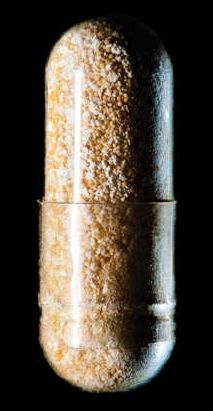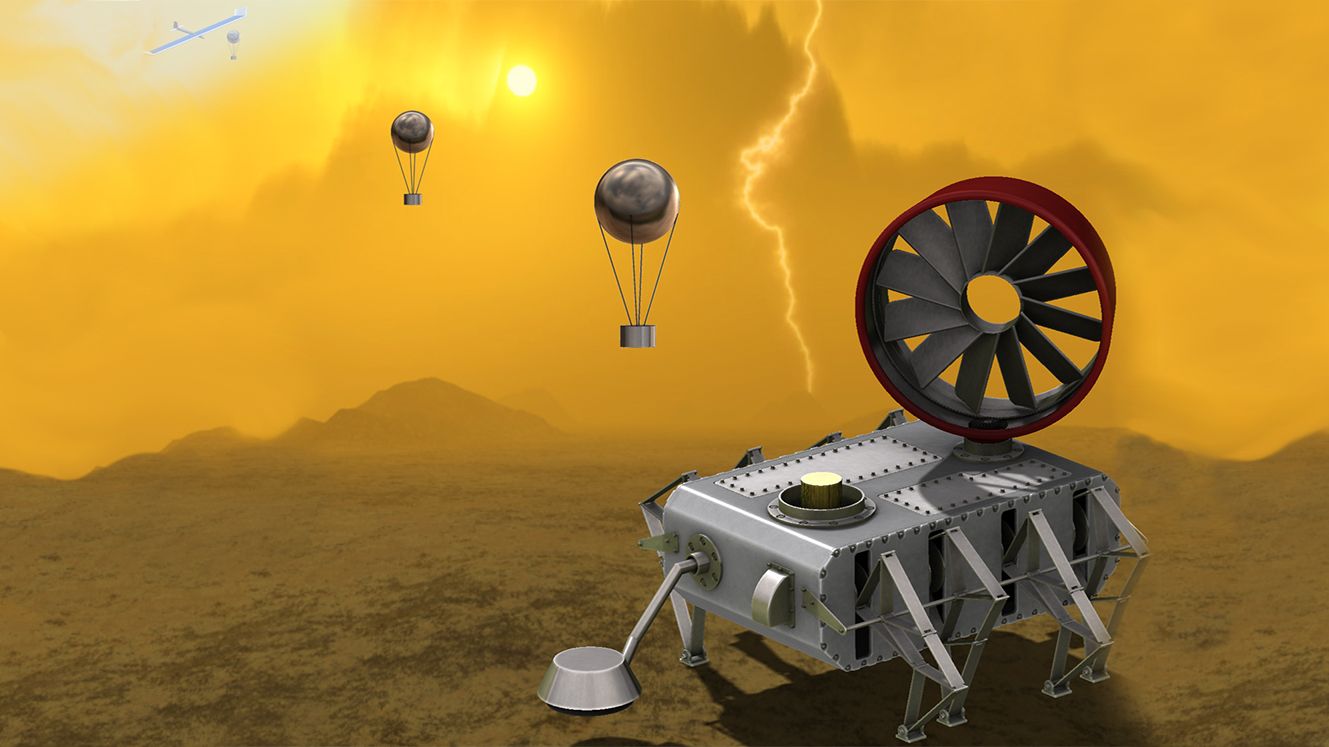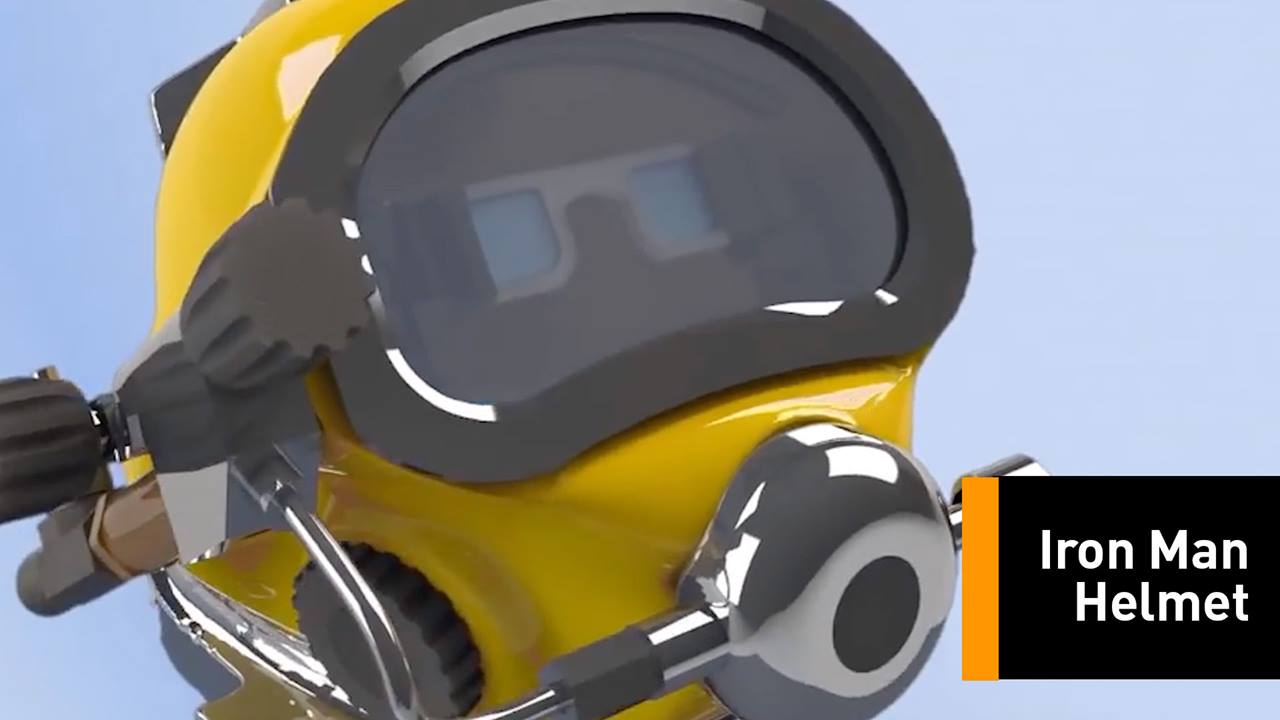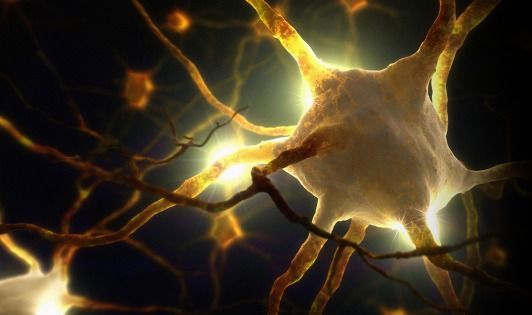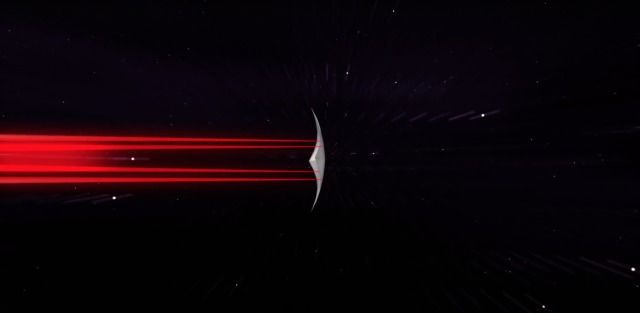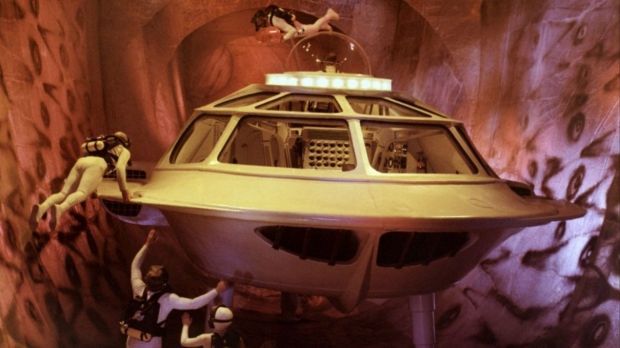Ride-hailing giant Uber announced on Thursday that is has acquired Otto for approximately $680 million.
All of Otto’s team, which includes ex-leader of Google’s self-driving project, Anthony Levandowski, will move to Uber. They will work on the company’s self-driving project and report directly to CEO Travis Kalanick.
See also: Self-driving tech startup Otto wants truckers to keep on…napping.

